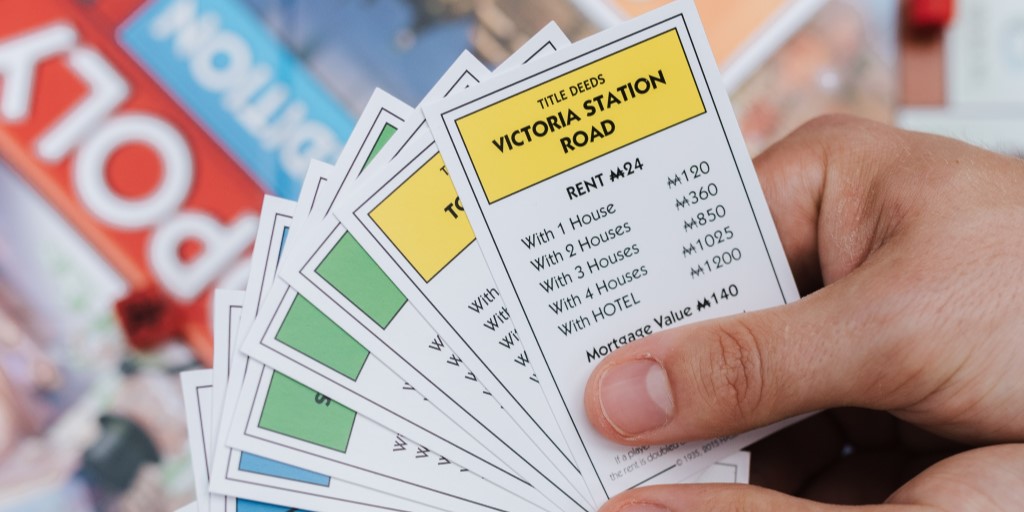Error Msg 15138 The Database Principal Owns a Schema in the Database, and Cannot be Dropped
You’re cleaning up some old usernames in a database. The users are no longer needed so you want to drop them and maybe even the server login. You issue the standard DROP USER username; command in the query editor and it immediately comes back with Msg 15138, Level 16, State 1, Line 1 The database…
Read more












Recent Comments